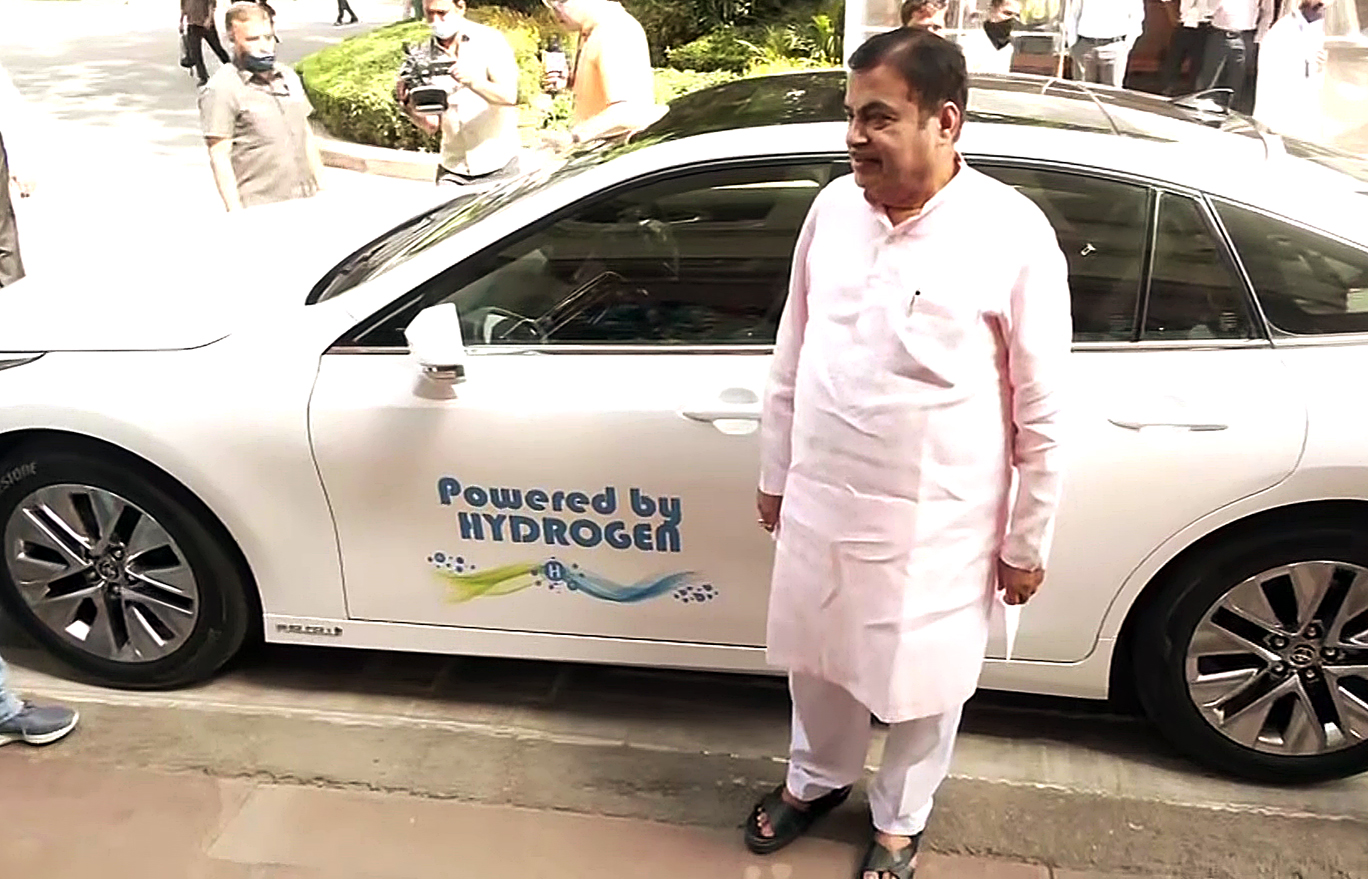Reducing the cost of electrolysers is the key
The ever-growing search for the most feasible and environmentally friendly fuel has brought green hydrogen to the centre stage of the greatest 21st century argument. Currently, less than 1% of the hydrogen produced in the world today is green (i.e., from renewable sources), the rest being primarily grey (produced from coal or gas).
As a fuel, hydrogen was used to power the first internal combustion engine 200 years ago. It was also used as rocket fuel for the Apollo moon shots in the 1960s. Then it vanished as the endless cheap oil ensured its fringe status. Cut to the 2020s, the ICE and EV monopolists are the front opposers of the underlying feasibility of green hydrogen technology.
Elon Musk, the founder of Tesla, tweeted, “The best-case hydrogen fuel cell doesn’t win against the current case batteries, so then, obviously it doesn’t make sense.” While Herbert Diess, the CEO of German automotive powerhouse Volkswagen Group, weighed in on the subject, by stating “Green hydrogen is needed for steel, chemical, aero and should not end up in cars. Far too expensive, inefficient, slow and difficult to roll out and transport.”
Green hydrogen is not only a cleaner substitute for natural gas but is also fit for purpose as a store of energy, and, therefore, useful in balancing intermittent electricity supply from solar and wind. Moreover, the impact of the Ukrainian war has sent prices of fossil fuel-tied forms of hydrogen production surging, leaving the gradual but consistent downward price trend of green hydrogen remarkably competitive.
In November 2021 at COP 26 in Glasgow, Prime Minister Narendra Modi made five commitments—achieve Net Zero by 2070, and by 2030, take cumulative non-fossil fuel generation capacity to 500 GW, meet 50% of energy needs from renewable energy, reduce the energy intensity of the economy by 45%, and reduce carbon emissions by 1 billion tons. In line with meeting these targets, India launched the Green Hydrogen Policy aiming at boosting the domestic production of green hydrogen to 5 million tonnes per annum (MTPA) by 2030, half of the EU’s target of 10 MTPA, and making India an export hub for the energy source. Through this policy, the government also aims to produce renewable hydrogen at $2.5/kg by 2025 and $1/kg by 2030, Amitabh Kant, chief executive, of NITI Aayog said.
Currently, India is one of the largest consumers of hydrogen in the world with a demand of 6.7 MTPA which comprises 7-8% of the global hydrogen demand. According to a KPMG report, the green hydrogen demand could comprise 20-30% of the overall hydrogen demand in India, which is expected to jump to almost double at 12 MTPA.
The policy is in the right direction since the production of green hydrogen is energy-intensive, requiring 50 kWh for every kg produced through electrolysis. Waiving the ISTS will lower the delivered cost of bulk RE supply by 25% in the long-term, thereby, widening the scope of engagement and creating potential competition and will also develop a large domestic market for the sale of renewable energy. The provisioning of banking facilities will result in better utilization of electrolysers, which will, in turn, help in lowering the per-unit cost of green hydrogen. Bunker facilities to be provided near ports will facilitate ease of exporting hydrogen.
In a recent major visit of a European Parliament delegation, regarding India-EU FTA, the EU cleared that they want to be independent of Russian energy supplies and are looking at India as a potential Green Hydrogen supplier. The EU has already announced plans for a €300 million funding package for hydrogen.
Recently, Greenko group and Belgium-based John Cockeril are set to build a two-gigawatt hydrogen electrolyser gigafactory in India, the largest outside of China. This partnership will reportedly entail an investment of about Rs 4,000 crore. Indian Oil Corporation, Larsen & Toubro, and ReNew Power have also signed a binding term sheet to set up a Joint Venture company to develop the green hydrogen sector in India.
According to India Hydrogen Alliance (2021), India needs to mobilize $25 billion for building a domestic hydrogen supply chain with a 25 GW electrolyser capacity by 2030, which is expected to generate 5 million tons of green hydrogen annually. The cost of manufacturing electrolysers, which constitutes 25-30% of the unit cost, needs to be brought down by direct subsidies to the producers by including them in the PLI Scheme and by reducing the import duties. Moreover, India needs to invest in continuous innovation, by increasing R&D budgets, and support for demonstration projects to make sure key hydrogen technologies reach commercialisation as soon as possible.
As Erik Solheim, the 6th Executive Director of the UN Environment Programme mentioned, “India has the potential to be a global giant in the space of conscious, green and sustainable businesses.” Right now, the key lies in reducing the cost of electrolysers. If we can reduce our turnaround time and implement these policies, India can soon be the Middle East of Green Hydrogen.
Rajesh Mehta is a leading consultant & columnist working on market entry, innovation and public policy.
Uddeshya Goel is a financial researcher with specific interests in international business and capital markets.

